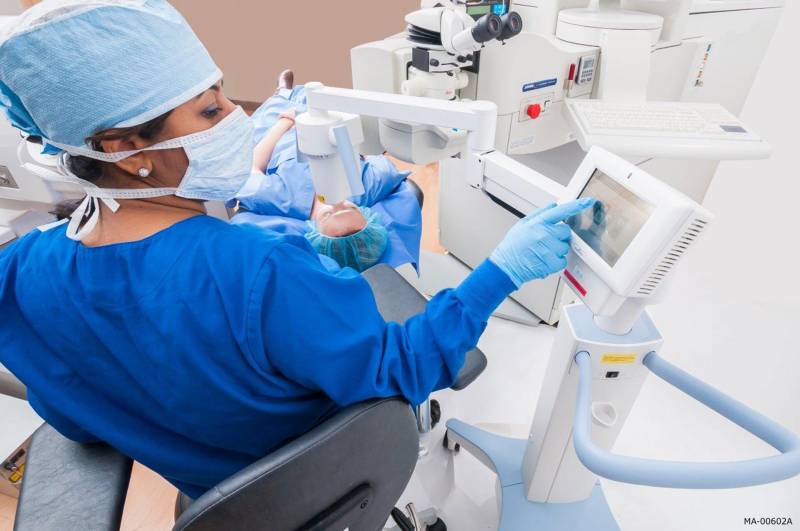“Three months down the road, we’re going to have high demand for physician services, surgical and primary care, and we’ve got to be able to meet that,” said Dustin Corcoran, CEO of the California Medical Association. “Physician practices operate on very, very thin margins. They don’t have the reserves that payers have to weather the storm.”
Blue Shield of California is distributing $200 million to doctors in advance payments and loans, but they will have to be paid back. The federal government is depositing $30 billion in the bank accounts of ailing physician practices, but these grants are based on how many Medicare patients they typically see. So while the grants provided a welcome relief to some doctors, for others they only covered a fraction of their losses.
“If only one payer steps up, that’s not going to be enough to sustain physician practices,” Corcoran said. “That requires a state effort and private payers to do their part.”
Dr. George Scott, an OB-GYN in Manteca, sees very few patients over 65, so he got virtually nothing from the Medicare payment, according to his wife, Debbie Rood, who manages all the finances for the practice.
Their patient load has dropped by half, she said, as women skip their annual exams. Pre-natal visits are all over video now, which takes more time but pays less because there’s no physical contact. On top of everything, their landlord tripled the rent. Rood has been begging her husband and their three employees to conserve medical equipment and even electricity.
“For three weeks I have been telling them, ‘We are not going to have any money. ‘We’re not going to have any money’,” she said.
Insurance companies are sensitive to doctors’ struggles, but not to the point of handing out grants.
“It’s a pretty simple solution to a very complex problem — and we think too simple,” said Charles Bacchi, CEO of the California Association of Health Plans, a trade group for health insurance companies.
Insurers have their own financial obligations and government regulations they must abide by, Bacchi said, and they would rather decide on a case-by-case basis who to help and how. Advance payments or loans might make more sense than grants, because, eventually, patients will come back for their cancer screenings and cornea transplants.
“You can’t pay dollars now to keep this doctor’s office open and then pay again when someone comes in in four months to have their health care services,” Bacchi said.
But doctors like George Scott have to pay rent and salaries now and in four months, as well as the months in between. Scott and his wife really don’t want to lay off any of their staff.
“If we have to take out a second mortgage on our house, then we’ll have to take it out, and we just won’t be able to retire,” Scott said.
Scott is 66. If he has to, he said, he’ll just keep delivering babies until he’s 80.
